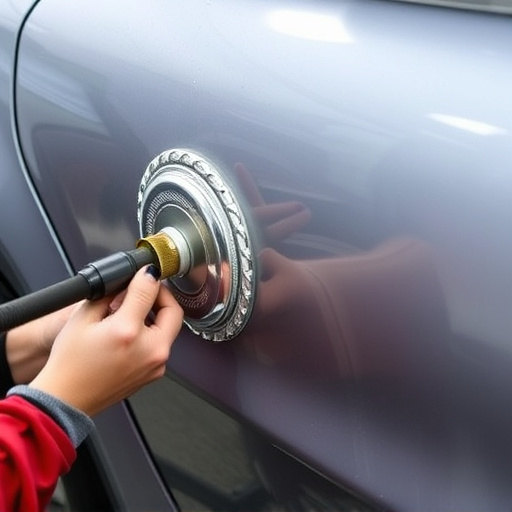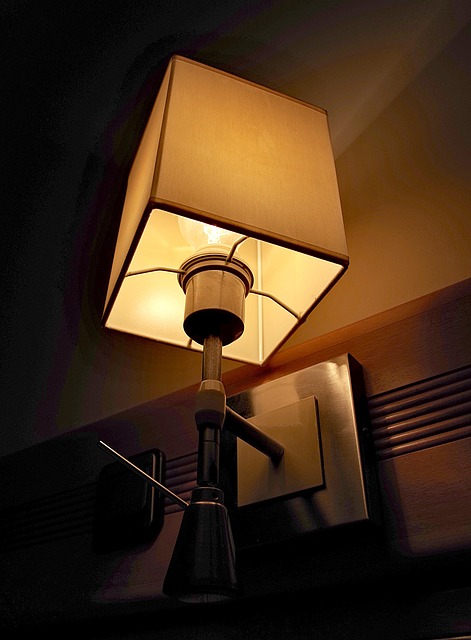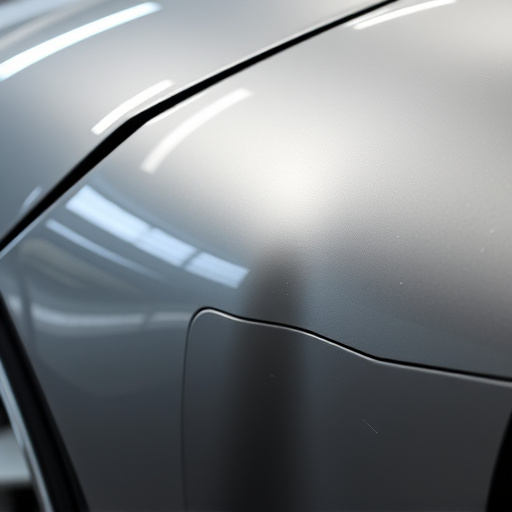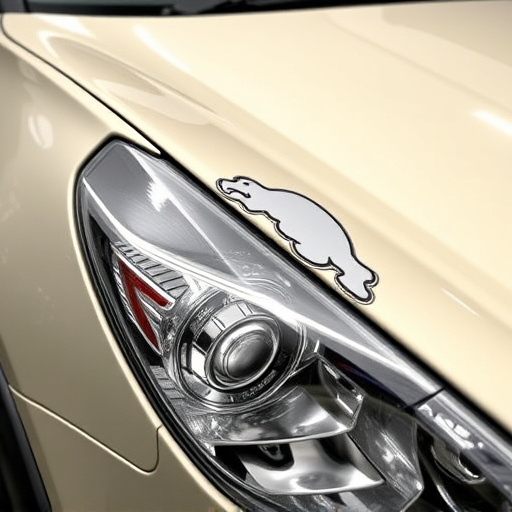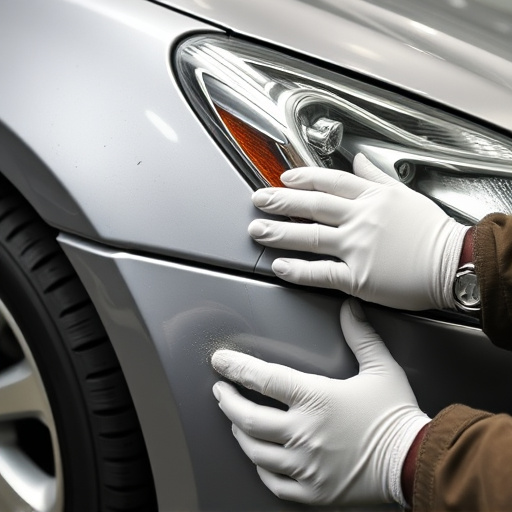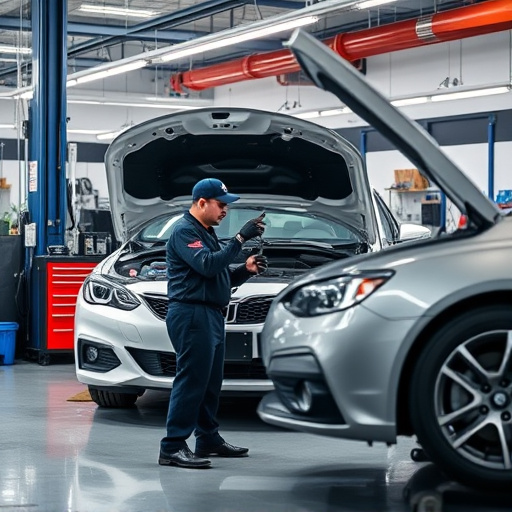Tesla's Sentry Mode enhances safety but can cause complex electronic damage after minor incidents. Understanding the variety of post-Sentry Mode damage patterns is crucial for collision repairers, as repairs range from simple cosmetic to intricate electronics and structural work. Optimizing Tesla collision repair time frames requires specialized training, advanced tools, strategic planning, and efficient inventory management to minimize downtime and enhance service quality.
In today’s digital age, understanding Tesla’s advanced safety features like Sentry Mode is crucial for vehicle owners and collision centers alike. When Sentry Mode is activated due to an incident, it can significantly impact the subsequent collision repair process. This article delves into the intricacies of Tesla collision repair time frames after Sentry Mode activation, exploring common damage assessments and efficient strategies employed by top-tier collision centers to optimize repair times.
- Understanding Tesla's Sentry Mode and Its Impact on Repairs
- Common Damage Assessment After Sentry Mode Activation
- Optimizing Repair Time: Strategies for Efficient Tesla Collision Centers
Understanding Tesla's Sentry Mode and Its Impact on Repairs
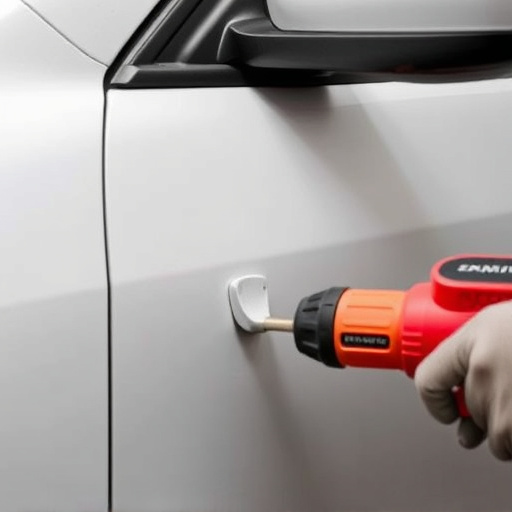
Tesla’s Sentry Mode is an advanced driver-assistance system designed to protect both passengers and other drivers on the road. It uses a network of cameras, sensors, and radars to detect potential collisions and takes evasive action if necessary, often preventing or mitigating the impact of accidents. However, when Sentry Mode is engaged due to an incident, such as a fender bender, it can result in complex vehicle damage that requires specialized auto repair services, especially for luxury vehicle repair.
Understanding how Sentry Mode responds to collisions and its subsequent effects on vehicle repairs is crucial. Unlike traditional accidents, Sentry Mode-triggered incidents often leave less visible physical damage but may involve intricate electronic and software components. Tesla collision repair time frames can vary significantly depending on the severity of these non-visible impacts. Auto repair experts specializing in luxury vehicles need to meticulously inspect the vehicle, ensuring that all systems, from safety features to entertainment systems, are fully functional after such an event.
Common Damage Assessment After Sentry Mode Activation

After a Sentry Mode incident, vehicles experience unique damage patterns due to Tesla’s advanced autonomous driving system. Common assessments reveal several types of damage, from minor scuffs and dents to more significant impacts on sensors, cameras, and the vehicle’s structure. Crashes involving Sentry Mode activation often result in complex damage that requires specialized knowledge and tools for accurate assessment.
Tesla collision repair time frames are influenced by the extent of the damage. Simple cosmetic repairs can be completed relatively swiftly, while more intricate work such as frame straightening or extensive electronics diagnostics may significantly extend the process. Comparing Tesla collision repair times with those of automotive restoration services for luxury brands like Mercedes-Benz offers a benchmark, although each case is unique based on specific vehicle models and incident severity.
Optimizing Repair Time: Strategies for Efficient Tesla Collision Centers

Optimizing repair time is a key focus for Tesla collision centers to ensure customer satisfaction and efficient operations. Given the unique electric vehicle (EV) technology and safety features, like Sentry Mode, specialized training and equipment are essential for auto body shops aiming to streamline the repair process. By investing in advanced tools and techniques, collision centers can significantly reduce Tesla collision repair time frames.
Strategic planning involves prioritizing tasks, implementing standardized procedures, and utilizing diagnostic tools specifically designed for EV repairs. Efficient inventory management and streamlined communication between departments further contribute to faster turnaround times. Additionally, fostering a well-trained and experienced team capable of handling complex repairs, including the intricate systems unique to Teslas, is vital. These strategies collectively work towards minimizing downtime, enhancing service quality, and ultimately promoting the reputation of the collision center as a top-tier automotive repair facility.
In light of the above discussions, it’s clear that understanding Tesla’s Sentry Mode and its impact on repairs is pivotal. Following Sentry Mode incidents, a thorough assessment of common damage types is crucial for optimizing the Tesla collision repair time frame. By employing efficient strategies, such as streamlined processes and specialized training, collision centers can significantly reduce repair times, ensuring swift returns to road for Tesla owners while maintaining high-quality standards.
